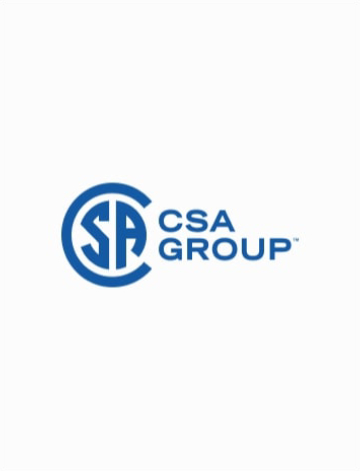
PLUS 14971 (2nd ed. pub. 2007)
The ISO 14971:2007 Essentials - A Practical Handbook for Implementing the ISO 14971 Standard for Medical Devices
- English
- Publication Year 2007
- Published by CSA Group
- Withdrawn
Available Formats:
Language:

